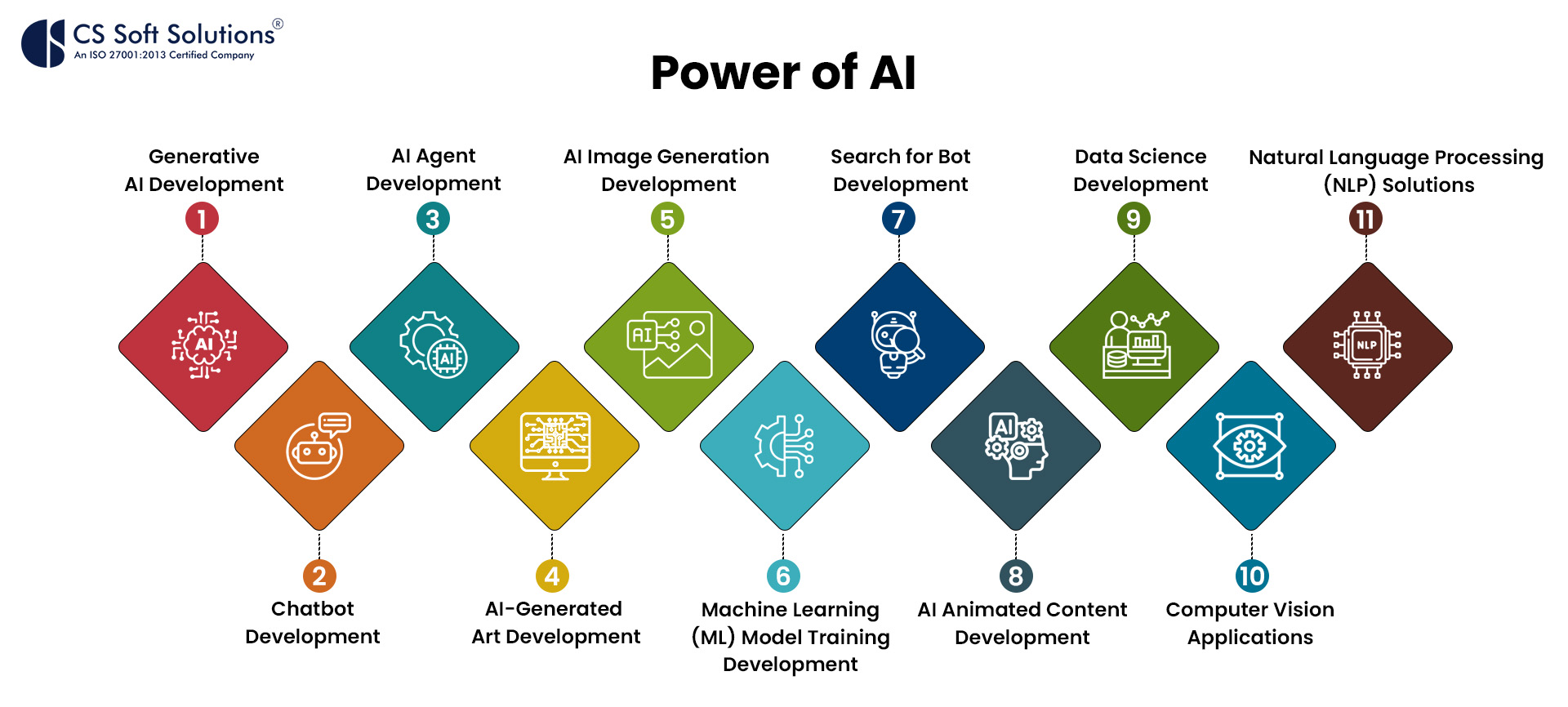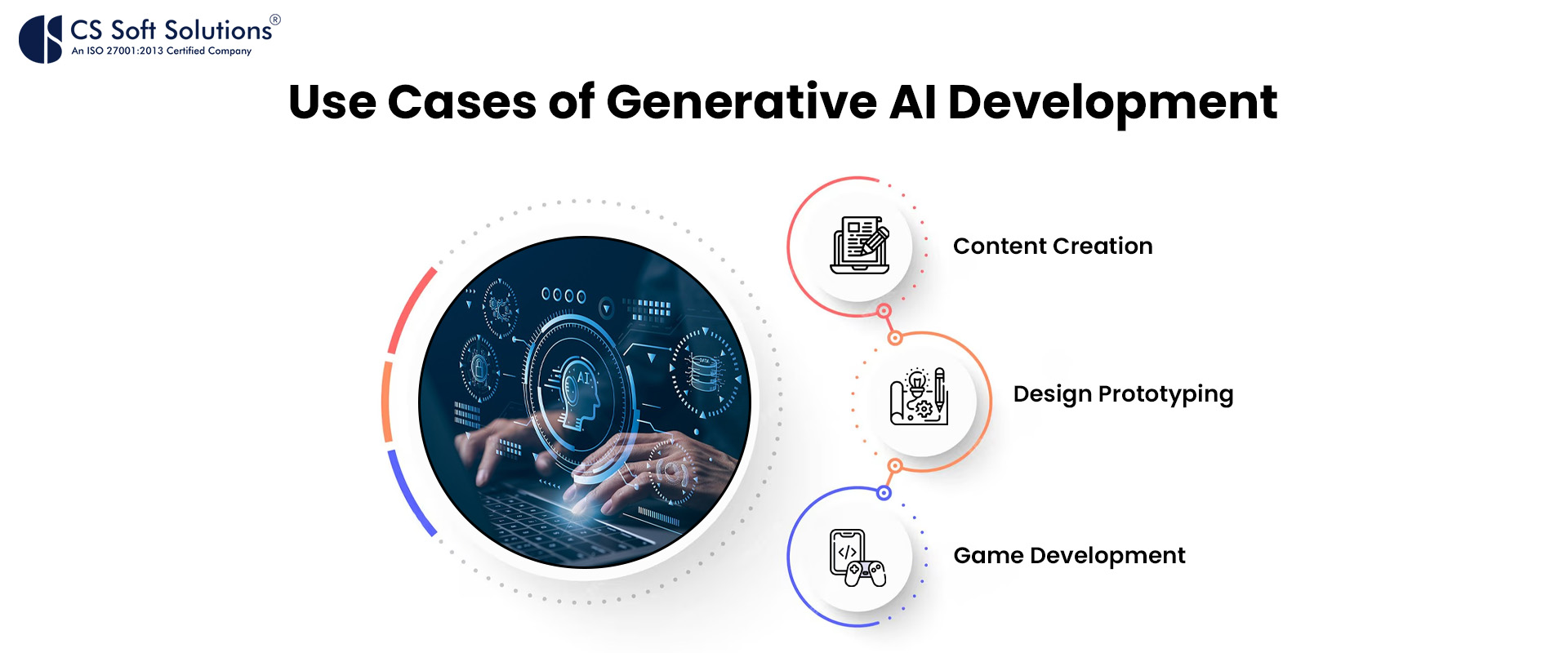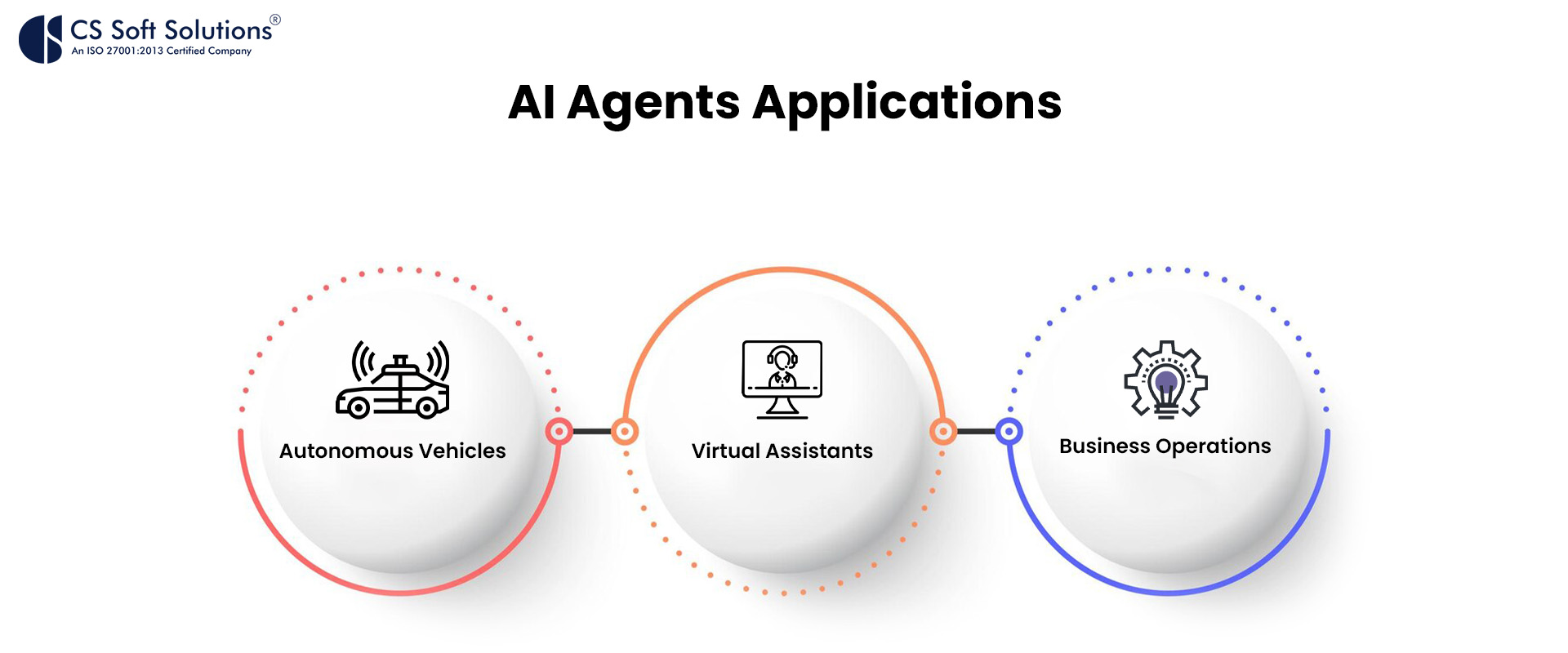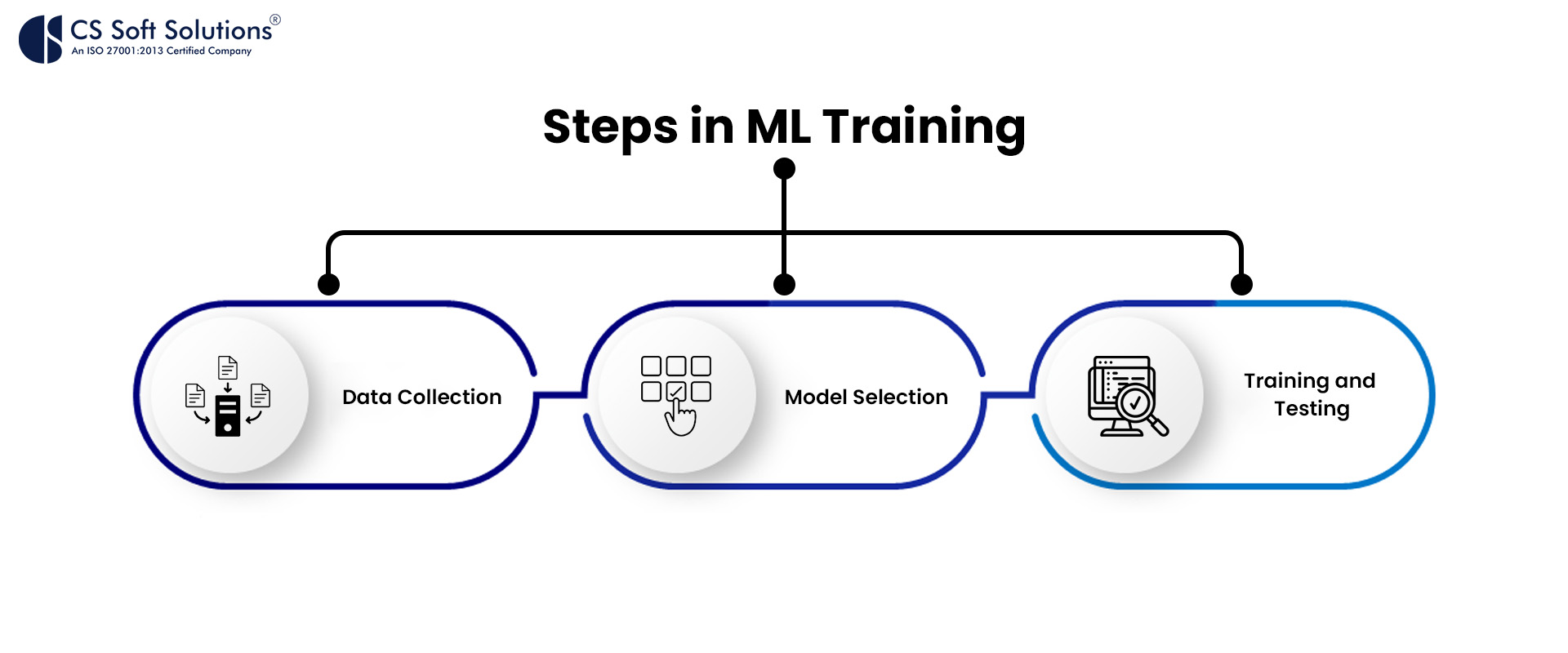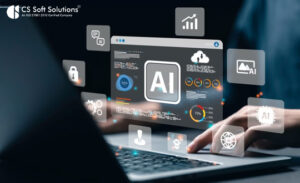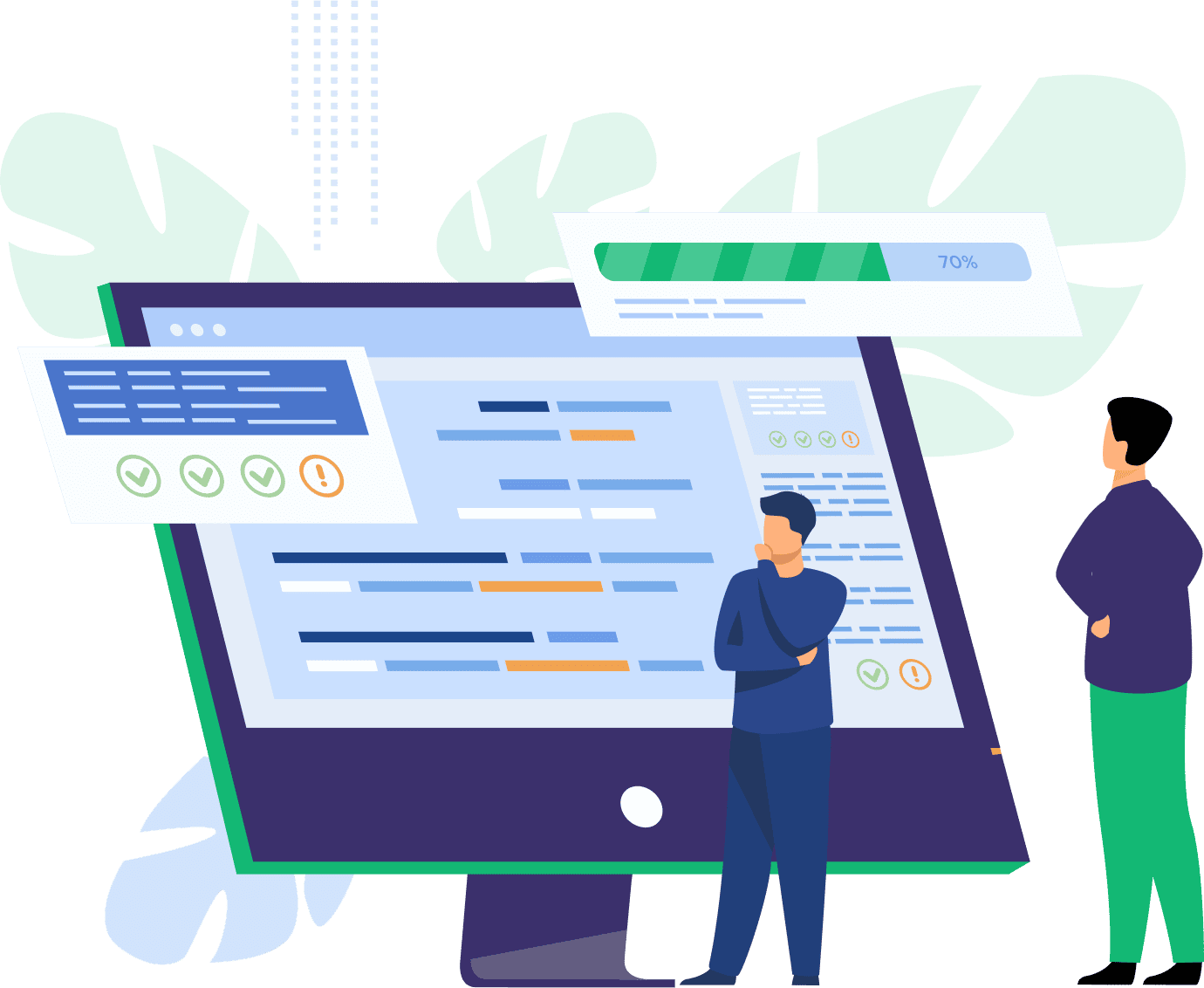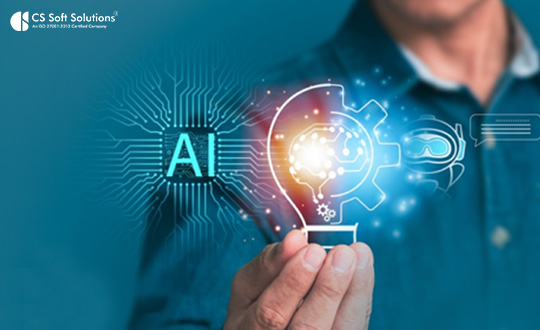
This blog focuses on key areas of AI, presenting the transformative impact of AI and how it works, advancing, and profiting.
Let’s find out how businesses can find advanced technologies in generative AI development, chatbot development, and AI agent development toward innovation.
1. Generative AI development: An artistic revolution
The most complex algorithms are applied in generative AI to generate content—text, images, music, and many more. Using models such as GANs or diffusion models, the generative AI mimics human creativity in the production of results once considered impossible to generate without human intervention.
What sets Generative AI apart?
Generative AI is actually reliant on large datasets to learn patterns and then create new outputs. It’s a far cry from classic algorithms, which neither analyze the data nor create something new based on what they learned.
Use Cases:
- Content Creation: Automating blog writing, product descriptions, and marketing materials saves time and effort while maintaining quality.
- Design Prototyping: Quickly generating design concepts for products or UI/UX layouts accelerates development cycles.
- Game Development: Building immersive environments, characters, and narratives enhances player experiences.
Real-World Example:
OpenAI’s DALL-E generates detailed images from textual descriptions, revolutionizing industries like marketing, product design, and visual storytelling.
2. Chatbot Development: Transforming Customer Interaction
Real-time assistance, fewer waiting times, and personalized interaction help AI -powered chatbots improve the customer experience. From simple scripts to complex systems that can sense context and intent, these tools have come a long way.
How Do AI Chatbots Work?
Modern chatbot development employ NLP and ML while analyzing and processing the query with subsequent responses. They learn from interactions with the users, over time improving to serve them much better.
Benefits:
- 24/7 Availability: Answer customer queries around the clock, ensuring uninterrupted service.
- Cost Efficiency: Reduce operational costs by automating routine tasks and minimizing the need for human agents.
- Scalability: Handle thousands of customer interactions simultaneously without compromising quality.
Use Cases:
- E-Commerce: Assisting users with product recommendations, order tracking, and checkout processes.
- Healthcare: Scheduling appointments, offering preliminary medical advice, and answering common health queries.
- Education: Tutoring students with AI-driven chatbots like Duolingo that adapt to individual learning paces.
3. AI Agent Development: Intelligent Problem Solvers
AI agents act autonomously, learning and adapting to perform tasks without constant human intervention. These agents utilize reinforcement learning and other advanced algorithms to make informed decisions.
Why Are AI Agents Important?
AI agents operate independently, learn, and adapt to accomplish tasks without the constant presence of a human. Such agents apply reinforcement learning and other advanced algorithms to make rational decisions.
Applications
- Virtual Assistants: Apps like Siri, Alexa, and Google Assistant can engage with voice commands and complete routine tasks by providing real-time information.
- Autonomous Vehicles: AI agents can control autonomous cars to drive safely, detect threats, and adhere to all traffic laws.
- Business Operations: Automation of supply chain logistics, routes optimization, and inventory management save cost and maximize efficiency.
4. AI-Generated Art Development: Redefining Creativity
Artificial Intelligence -generated art development redefines creativity by combining the power of computing with artistic expression. It opens up the door to art creation to everyone and everyone’s business.
How Does It Work?
AI-generated art leverages deep learning algorithms to analyze vast datasets of images and styles. It then uses this knowledge to create new, unique pieces of art.
Use Cases:
- Marketing Campaigns: Creating visually appealing ad creatives and branded content.
- Interior Design: Generating unique patterns, textures, and design concepts tailored to client preferences.
- Entertainment: Producing concept art for movies, video games, and virtual reality experiences.
5. AI Image Generation Development: Beyond Traditional Imagery
Machine learning is employed to generate photo-realistic or artistic images by using AI from very simple inputs. This revolution in technology in the marketing and design world enables much faster content production at less cost.
Key Technologies:
- GANs: Generate realistic images by pitting two neural networks against each other.
- Style Transfer Models: Transform photos into specific artistic styles.
Use Cases:
- Real Estate: Creating virtual property walkthroughs and enhancing listings with high-quality visuals.
- Fashion: Designing custom clothing prototypes and visualizing new collections.
- Social Media: Crafting shareable content for branding and promotions.
6. Machine Learning (ML) Model Training Development: Building Smarter Systems
Training ML models involves feeding algorithms vast datasets to identify patterns, make predictions, and automate decision-making. The process includes data preparation, model selection, and iterative improvement.
Why Is ML Training Crucial?
Proper training ensures models can generalize well to new data, making them reliable for real-world applications.
Steps in ML Training:
- Data Collection: Gathering quality data from diverse sources.
- Model Selection: Choosing the best algorithm (e.g., neural networks, SVMs, or decision trees) for the task.
- Training and Testing: Iteratively improving model accuracy through feedback loops.
Use Cases:
- Healthcare: Predicting disease outbreaks and recommending treatments.
- Finance: Fraud detection, credit scoring, and risk management.
- Retail: Optimizing pricing strategies and supply chain logistics.
7. Search for Bot Development: Smarter Information Retrieval
Search bots streamline finding information, boosting productivity and user satisfaction. These AI-driven tools enhance search engines and databases by delivering accurate, context-aware results.
Innovations:
- Semantic Search: Understanding the intent behind user queries to deliver more relevant results.
- AI-Powered Recommendations: Suggesting relevant content or products based on user behavior.
Use Cases:
- E-Learning Platforms: Personalize study resources and offer targeted recommendations.
- Corporate Portals: Enhancing employee knowledge management and resource discovery.
- E-Commerce: Improving product search and filtering options for customers.
8. AI Animated Content Development: Revolutionizing Media
AI enables creators to produce animated content faster and with fewer resources, making storytelling more accessible and engaging.
How Does AI Enhance Animation?
AI tools automate repetitive tasks like rendering, character rigging, and lip-syncing, allowing animators to focus on creativity.
Use Cases:
- Advertising: Developing engaging animated campaigns that resonate with audiences
- Gaming: Creating lifelike character animations and dynamic environments.
- Education: Producing interactive learning modules for students of all ages.
Example:
Disney’s AI-driven tools expedite animation workflows, ensuring high-quality content delivery at a faster pace.
9. Data Science Development: Unlocking Insights
Data science is the perfectly blended statistic, machine learning, and expertise from a specific domain to obtain insightful action from data. It serves as the backbone of decision-making for organizations using AI.
How Does It Work?
Data scientists analyze structured as well as unstructured data, build predictive models, and visualize findings to let businesses understand trends and opportunities.
Applications:
- Retail: Personalizing shopping experiences and predicting inventory needs.
- Healthcare: Analyzing patient data to improve diagnostics and treatment plans.
- Energy: Optimizing resource allocation and driving sustainability initiatives.
10. Computer Vision Applications: Enhancing Visual Understanding
Computer vision enables machines to understand and analyze visual input, allowing for a wide range of applications. It uses deep learning algorithms to identify patterns in photos and movies.
Use Cases:
- Security: Facial recognition systems for secure access control.
- Manufacturing: Quality control through defect detection and automation.
- Agriculture: Monitoring crop health and identifying pest infestations with drone imagery.
Future Trends:
We expect improvements in augmented reality (AR) and real-time video breakdown to drive further innovation in this field.
11. Natural Language Processing (NLP) Solutions: Understanding Human Language
NLP bridges the gap between humans and machines by enabling natural language understanding and generation. This technology has transformed how businesses handle text and speech data.
Key Benefits:
- Sentiment Analysis: Gauging customer opinions and improving brand perception.
- Language Translation: Bridging communication barriers across global markets.
- Text Summarization: Condensing lengthy documents for quick understanding
Use Cases:
- Legal Sector: Streamlining document review and contract analysis.
- Customer Support: Enhancing chatbot conversational abilities and automating email responses.
- Content Moderation: Detecting inappropriate content on social media platforms.
Final Thought: Ready to Transform Your Business with AI
From Generative AI Development to NLP Solutions, AI brings limitless opportunities in innovation, enhancing efficiency, and consumer engagement. Join the expertise at CS Soft Solutions India Pvt. Ltd. to unlock true AI potential for your business. Discover our services or book a consultation today and start interacting with change-making AI technologies.





